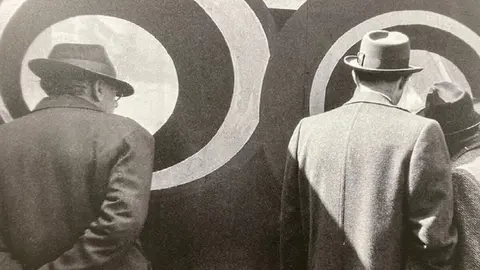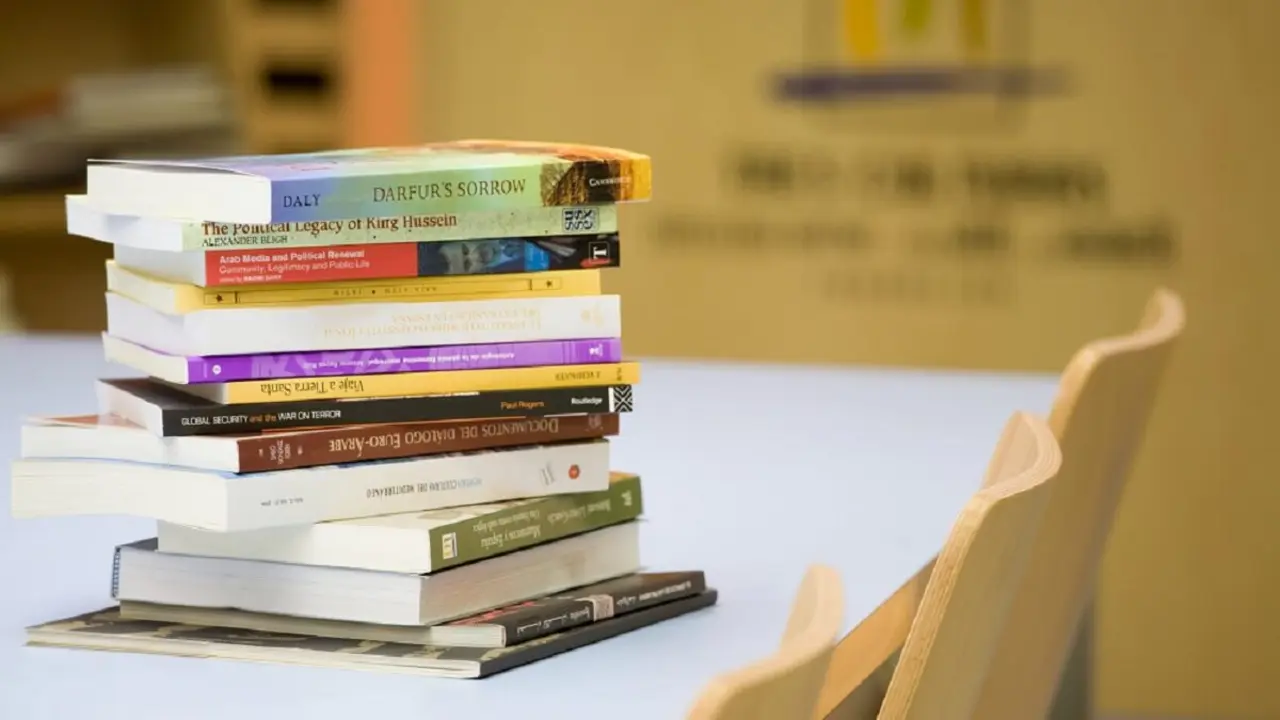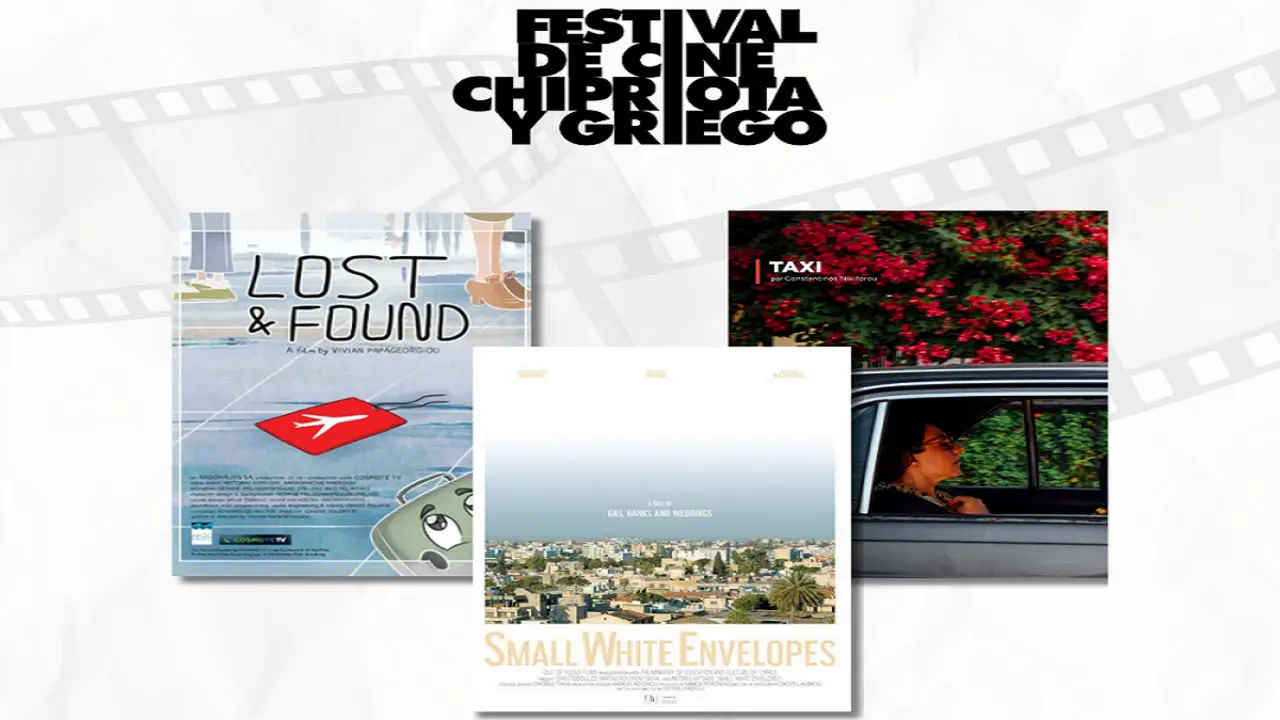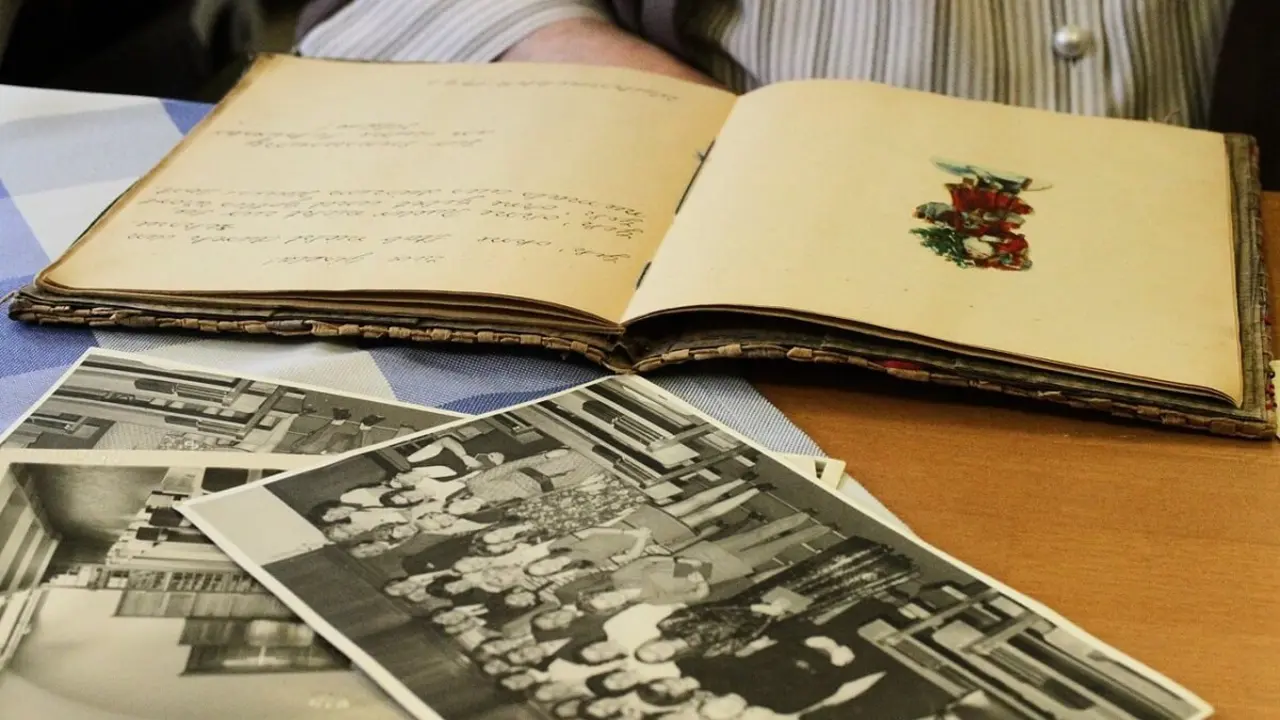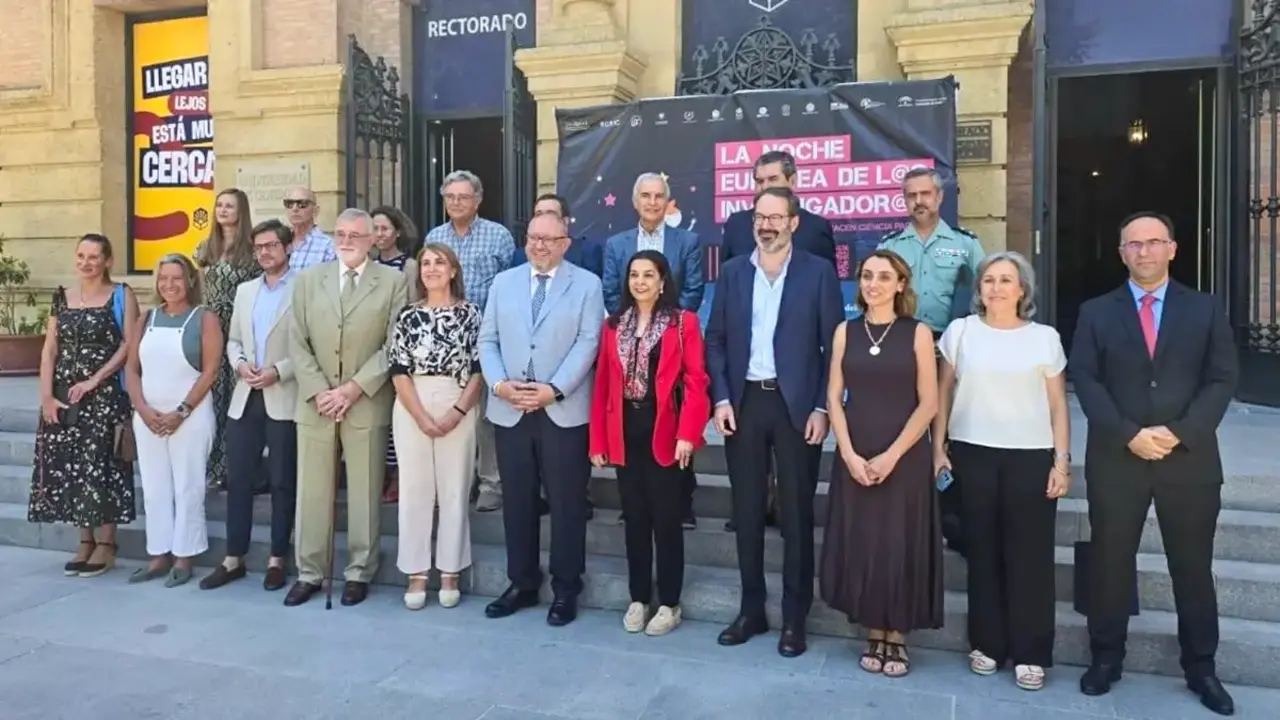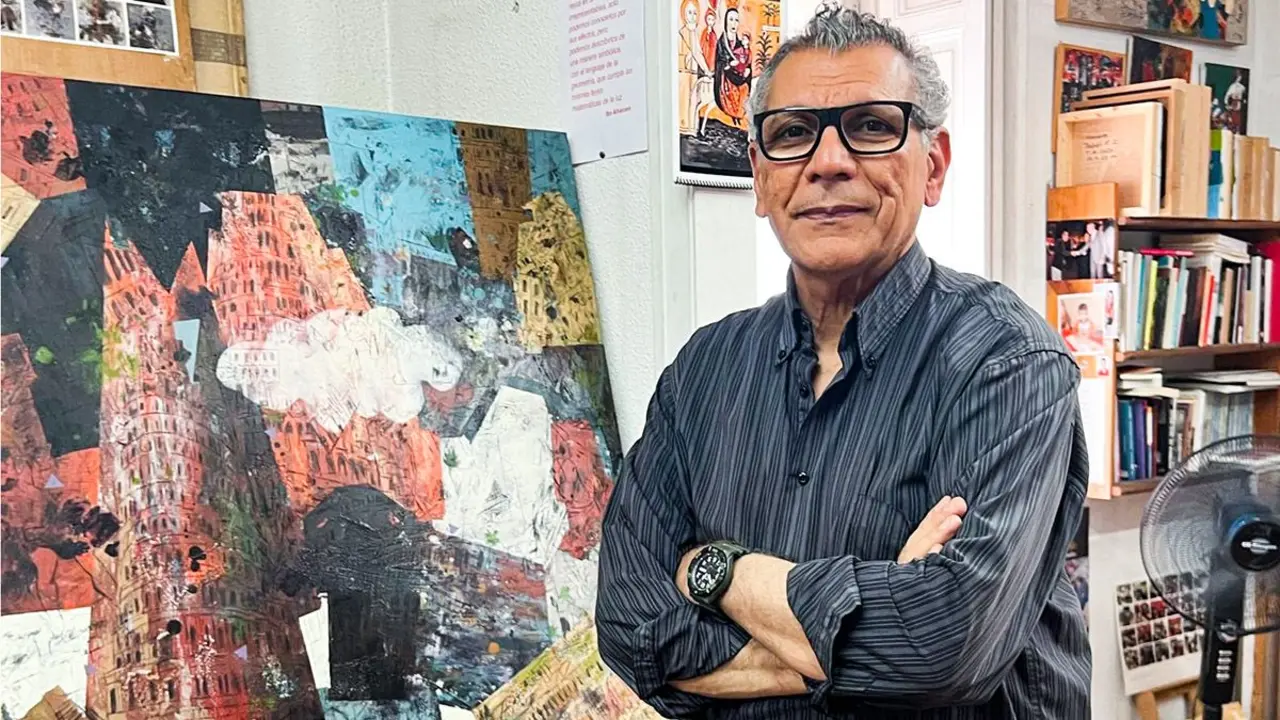White-collar thieves in "La Cárcel de Aire"

As one of the great Spanish creators of television fiction, Aurora Guerra has a proven track record for what we commonly call entertainment. There are series and works such as "El Secreto de Puente Viejo", "Acacias 38", "Lalola", "Cámera Café" or, more recently, "Fuerza de Paz", "Escándalo, relato de una obsesión" and "Mía es la venganza" to prove it. With the same skill she articulates the narrative of her novel "La Cárcel de Aire" (Ed. HarperCollins, 334 pages), which she defines as "a mystery of the past, a disturbing triangle of characters, the dream of possessing the most beautiful works of art in the world, and a mystery within a mystery: how to steal something more than a painting, a life".
Indeed, the plot takes us into the mysterious and sophisticated world of white-collar thieves. Those who love art more than money; who can't bear the thought of damaging a painting or breaking a sculpture, just as they can't bear the thought of violence in their thefts.
The main character is Carlota, a born survivor, a smart girl, a quick learner, and a quick learner. This is how she survived her childhood in an orphanage that she prefers not to remember too much. She works as a waitress in a bar in Madrid and when, as usual, she already owes several months' rent on the hovel where she lives, she thinks of making some extra money by stealing some watercolours from the art gallery where she is serving a catering service at the opening of an exhibition. She gets out of the situation, but leaves followed by the only person attending the event who hasn't taken his eye off her. He is Armando, an attractive, good-looking, sophisticated, white-collar thief and art expert, who convinces her to be his student in learning how to steal from museums. The third major character in the plot is Lula Quirós, a cruel and tortured mind that does not allow her to enjoy or love.

La Cárcel de Aire is, in short, a story of three characters who flee from their past without allowing themselves to live their present," the author stresses, "because even white-collar thieves can make mistakes and lose what they love most.
As is obvious, readers will take a more than interesting tour of some of the most beautiful museums in the world: the Uffizzi Gallery, the Accademia Gallery, the Prado, the Thyssen, the Cerralbo... The same tour that the protagonist takes in order to learn about security systems and, incidentally, to soak up the art she is going to steal.
Madrid, Barcelona, Florence, expensive clothes, refined manners, luxury hotels, jewellery, auctions, make up the essential setting of the plot, to which the reader is no stranger, who in his own mind will be placing the pieces of the puzzle that will make up the map of a plan drawn up with patience and intelligence to be executed to perfection. A plan called Vengeance. A word that condenses the interrelationship between these three main characters: the diversity of classes, the privilege of being rich versus the picaresque to survive coming from nothing; the effects of unhappiness incubated in childhood in the way of being an adult; the power of fear over the mind; the luxury of getting everything you want... and the dangers of achieving it, and, finally, love and sex, unavoidable motors of human drives.
With the capacity for synthesis of good scriptwriters, Aurora Guerra sums up in two sentences one of the many questions that all art laymen ask themselves:
- I believe that if they really loved art they would prefer it to be within everyone's reach, not in their safes or wherever they keep it.
- The fetishism of owning something unique is very exciting, Carlota.



